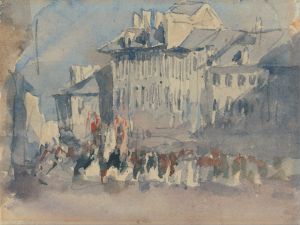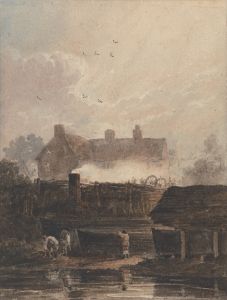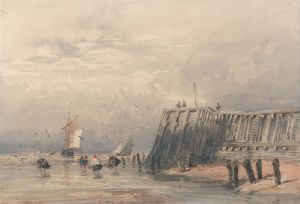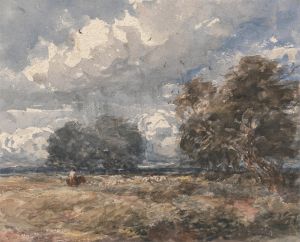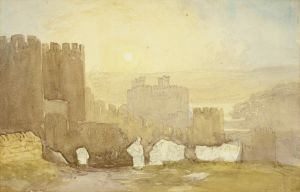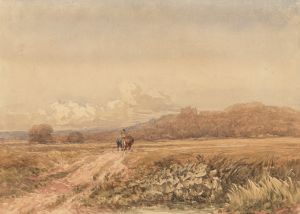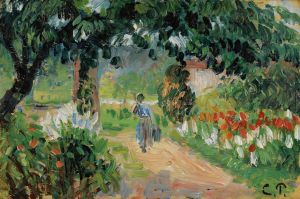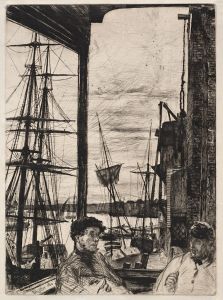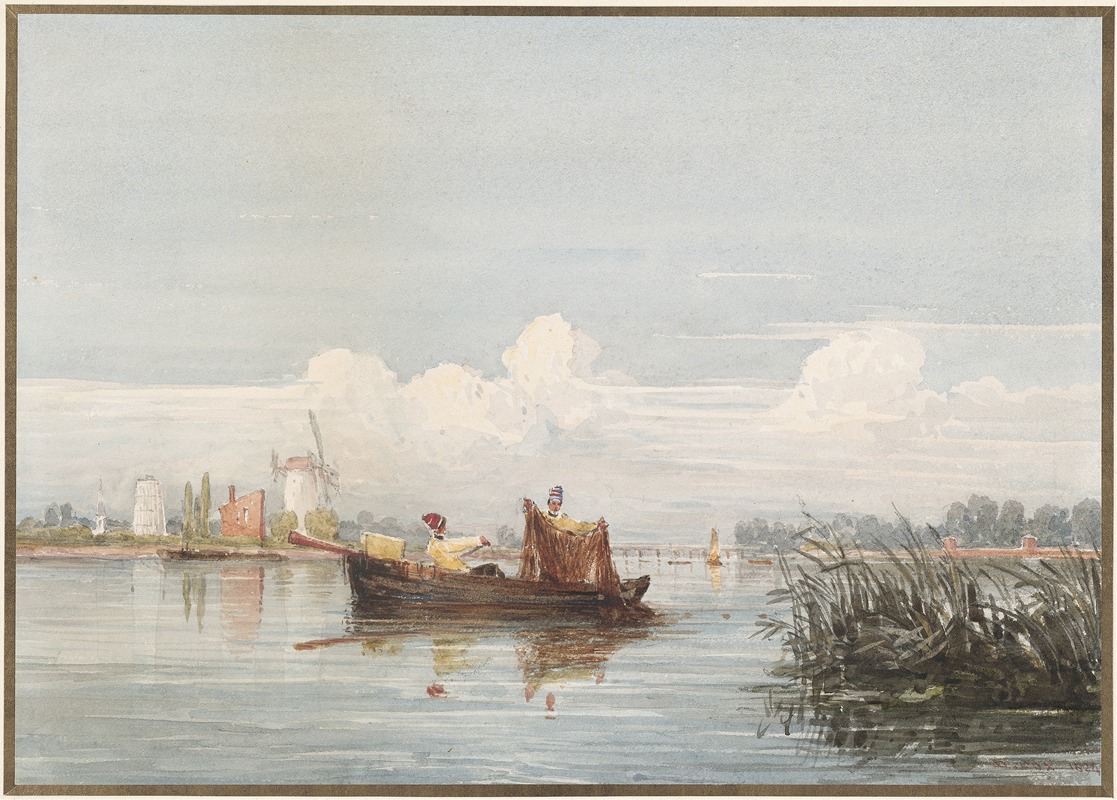
The Thames at Battersea
A hand-painted replica of David Cox’s masterpiece The Thames at Battersea, meticulously crafted by professional artists to capture the true essence of the original. Each piece is created with museum-quality canvas and rare mineral pigments, carefully painted by experienced artists with delicate brushstrokes and rich, layered colors to perfectly recreate the texture of the original artwork. Unlike machine-printed reproductions, this hand-painted version brings the painting to life, infused with the artist’s emotions and skill in every stroke. Whether for personal collection or home decoration, it instantly elevates the artistic atmosphere of any space.
David Cox was a prominent English landscape painter, born on April 29, 1783, in Birmingham, England. He is best known for his contributions to the watercolor medium, although he also worked with oils. Cox was a key figure in the development of English landscape painting in the 19th century, and his works are celebrated for their atmospheric qualities and vibrant use of color.
"The Thames at Battersea" is one of Cox's notable works, capturing a scene along the River Thames in London. This painting exemplifies Cox's skill in portraying natural light and atmospheric effects, which were central to his artistic approach. The Thames, a significant river in England, has been a popular subject for many artists due to its historical and cultural importance, as well as its picturesque landscapes.
In "The Thames at Battersea," Cox likely depicted the river as it appeared in the 19th century, a time when the area was undergoing significant changes due to the Industrial Revolution. Battersea, located on the south bank of the Thames, was transitioning from a rural village to an industrial hub, with factories and railways beginning to dominate the landscape. Despite these changes, Cox's painting focuses on the natural beauty of the river and its surroundings, capturing a moment of tranquility amidst the evolving urban environment.
Cox's technique in this painting, as in many of his works, involves loose brushwork and a keen attention to the effects of light and weather. His ability to convey the transient nature of the English landscape, with its ever-changing skies and atmospheric conditions, is a hallmark of his style. This approach places him among the leading figures of the English Romantic movement, which emphasized emotion and individualism, often through the depiction of nature.
Throughout his career, Cox was associated with the Birmingham School of artists and was influenced by the works of earlier landscape painters such as Thomas Girtin and J.M.W. Turner. He was also a member of the Society of Painters in Water Colours, where he exhibited many of his works. Cox's influence extended beyond his lifetime, impacting future generations of landscape artists.
"The Thames at Battersea" reflects Cox's mastery of watercolor, a medium that allows for the subtle gradations of tone and color that characterize his work. His paintings often evoke a sense of nostalgia and a deep appreciation for the natural world, qualities that continue to resonate with audiences today.
David Cox passed away on June 7, 1859, in Harborne, Birmingham, leaving behind a legacy of innovation in landscape painting. His works are held in numerous public and private collections, and he is remembered as one of the foremost landscape painters of his time. "The Thames at Battersea" remains a testament to his skill and vision, capturing a moment in history with both artistic and historical significance.






